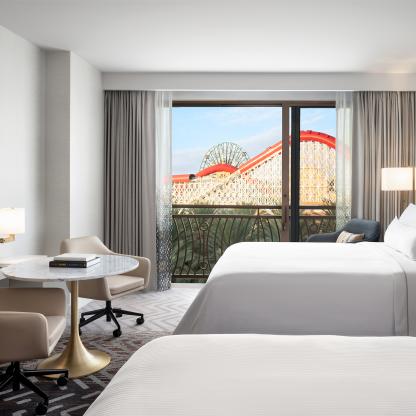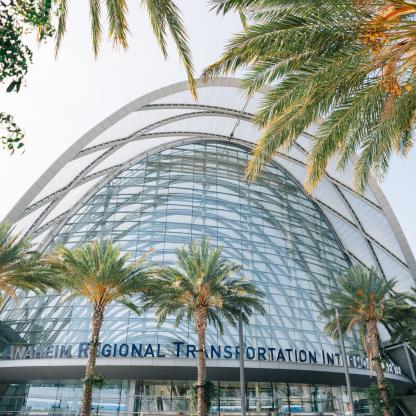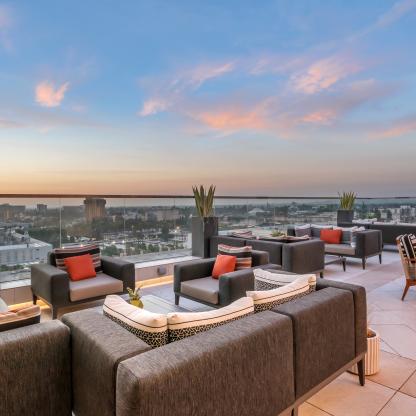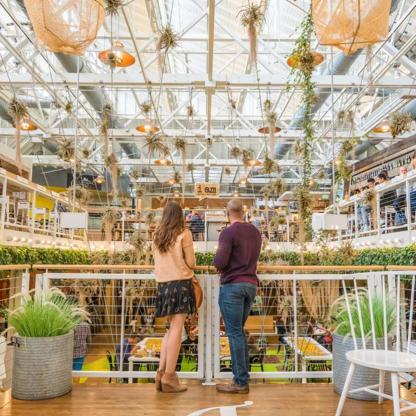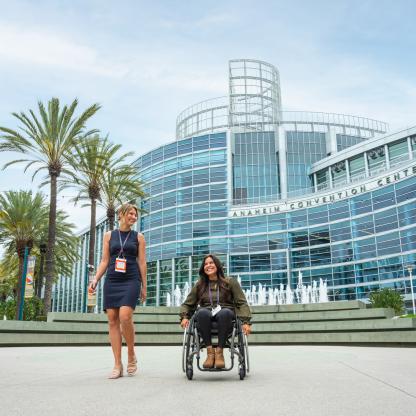OCMA Grand Opening October 2022
Building Upon a 60-Year History of World Class Exhibitions
In 1962, 13 visionary women dreamed of creating a new institution in Orange County. Together they launched the Balboa Pavilion Gallery as a place where important modern and contemporary art could thrive. In 1968, the gallery became the Newport Harbor Art Museum and, in 1997, it was named the Orange County Museum of Art (OCMA).
Over the past six decades, the museum has presented over 500 exhibitions, ranging from encyclopedic surveys of 20th-century art movements to one-person retrospectives. OCMA helped launch the careers of now internationally-renowned artists such as Mark Bradford, Joan Brown, Chris Burden, Vija Celmins, Richard Diebenkorn, Fred Eversley, Robert Irwin, Catherine Opie, Charles Ray, Deborah Remington, Ed Ruscha, and Sterling Ruby.
New Beginnings
The new OCMA is designed by Pritzker Prize-winning architect Thom Mayne of Morphosis Studio. The distinctive 53,000-square-foot building doubles the size of the museum’s former location in Newport Beach. By making the move to Costa Mesa, OCMA establishes itself as a part of the Segerstrom Center for the Arts, the premier cultural campus in Orange County.
The new museum has significantly expanded galleries, educational spaces, and inviting public areas, all meant to engage the county’s diverse communities through art.
An imaginative range of opportunities and experiences ensures that OCMA becomes a premier cultural destination in Southern California and for the world. And, at a time when the reputations of communities can rise or fall depending on the quality of their cultural offerings, OCMA will affirm, once and for all, the international importance of Orange County.
A Museum of the 21st Century
OCMA is ready for a “post-COVID” world. As the Los Angeles Times recently reported (in a story entitled “While you were in quarantine, a major new art museum rose in Orange County”): “What the museum was not designed to be: an architectural response to a global pandemic, configured for an art audience who may still be wary of indoor cultural experiences.”
But that is how OCMA is emerging, unintentionally. The museum… may be an ideal post-COVID-19 art destination, says Zuckerman, who assumed her post in February 2021.
Mayne’s design is indoor-outdoor, with skylights, retractable walls, more than 10,000 square feet of green space, and an outdoor plaza accommodating up to 1,000 people for events. Not to mention the front steps, where audiences will sit for performances, artist talks, and other happenings. Zuckerman intends to display artworks, including paintings, outside. The world changed as OCMA was rising, and now the museum is on point for the times, if inadvertently.
“During COVID, there was this idea that people may never go back inside together again,” Zuckerman says. “I don’t think that’s going to happen now. But institutions that have that ability to allow people to be in this kind of hybrid indoor-outdoor space, I think, will be the most successful over time. It’s about what a museum can be for the 21st century.”


